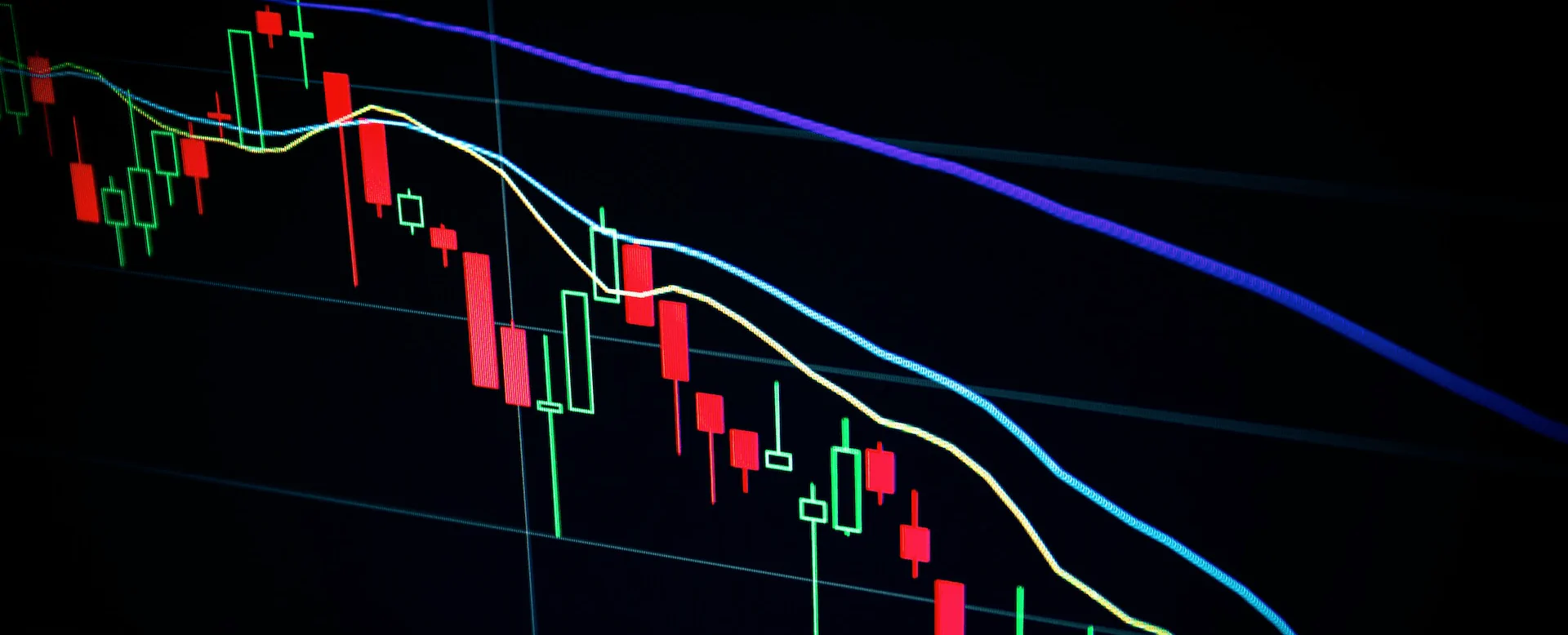Greece has made significant efforts to adopt a tax policy on crypto assets as the use of cryptocurrencies grows globally. In January 2025, the Greek government introduced new tax regulations for cryptocurrency transactions.
19.01.2024

What is Pump and Dump?
“Pump and Dump” is a deceptive strategy observed in financial markets, particularly prevalent within the realms of cryptocurrencies and stocks. The core of this scheme involves artificially inflating asset prices to attract investor attention, followed by the organizers lucratively disposing of their assets.
The process initiates with the deliberate dissemination of false or exaggerated information regarding the growth potential of a specific asset. This deceptive “pump” involves the spread of information on social media, blogs, and various online platforms. As investor interest is piqued, there is a surge in asset purchases, leading to an artificial increase in its value.
Once the asset’s price reaches the desired level, the “dump” phase begins, with the scheme organizers mass-selling their assets. This results in a sharp decline in the asset’s price, causing losses for those who, despite misleading signals, choose to buy the asset at its peak.
Pump and dump is widely considered illegal and morally reprehensible, as it disrupts the normal functioning of financial markets and erodes investor trust. Regulatory authorities and exchanges actively work to combat such manipulative practices, aiming to uphold fairness and transparency in financial transactions.
How Pump & Dump Works
The pump and dump strategy adheres to a distinct sequence of steps:
- Selection of Manipulation Target. Organizers designate a financial asset, be it a cryptocurrency, stock, or another instrument, as the focal point of their manipulative efforts.
- Dissemination of Disinformation. An active campaign kicks off to disseminate knowingly false or exaggerated information about an imminent surge in prices for the chosen asset. This misinformation is propagated through diverse channels, including social media, blogs, and forums.
- Attraction of Investors. False assurances of price growth capture the attention of investors, prompting them to invest their funds en masse in anticipation of quick profits.
- Artificial Price Increase. The mass influx of purchases causes the asset's price to artificially rise as demand experiences a sharp uptick.
- Dumping of Assets: Once the price hits the desired level, organizers initiate the mass disposal of their assets, often employing various trading mechanisms.
- Sharp Price Decline. The widespread selling of assets by organizers results in a sudden collapse in prices. Investors who bought the asset at its peak realize that their investments have incurred losses.
In the realm of cryptocurrencies, pump and dump disrupts the normal functioning of markets, prompting regulatory authorities in various countries to take measures to prevent and penalize such manipulations by introducing laws and regulations.
What are the Types of Pump & Dump?
Various Pump & Dump schemes manifest in different ways based on the assets targeted for manipulation. The following are distinct categories of such schemes:
- Cryptocurrency Deceptions: This variation of Pump & Dump is frequently observed in the realm of cryptocurrencies. Organizers deliberately select digital assets with low liquidity and market capitalization, disseminating false information through various channels to manipulate prices.
- Stock Exploitations: Comparable schemes can influence company stocks. Organizers concentrate on stocks that, owing to their low liquidity, are easily exploitable, generating an artificial surge in prices.
- Micro-Cap Deceptions: In this scenario, organizers target companies with low market capitalization, particularly in the micro-cap sector. Even modest trading volumes can significantly impact the asset's price in this sector, making it susceptible to manipulation.
- Conspiracies in Crypto Communities: Some Pump & Dump schemes unfold within crypto groups or communities on social networks. Organizers collaborate to disseminate misinformation and execute mass purchases, creating an artificial market frenzy.
- Commodity Exploitations: Pump & Dump schemes can extend to commodity markets, creating a deceptive appearance of price growth in commodities like oil, gold, or other raw materials.
It’s crucial to emphasize that regardless of the specific category, Pump & Dump is an illicit and unacceptable phenomenon. Regulatory authorities are actively working to restrain such manipulative practices in financial markets.
Can You Make Money on the Pump & Dump Scheme?
Engaging in the Pump & Dump scheme is not only against the law but is also deemed unethical. This form of market manipulation violates securities laws and the principles of fair trading, exposing participants to severe legal repercussions, including fines and criminal liability.
Beyond the legal ramifications, involvement in Pump & Dump comes with substantial financial risks. Even if profits are realized during the “Pump” phase, there exists a potential for significant losses due to the abrupt collapse of asset prices.
Moreover, these manipulative activities adversely affect the reputation of participants in financial markets. Investors, brokers, and other market players generally prefer to associate with individuals who adhere to honest and transparent investment practices.
In summary, it is strongly advised to steer clear of participating in Pump & Dump and instead opt for legal, ethical, and sustainable investment strategies.
Examples of Pump & Dump
- Emulex and Bloomberg Terminal Incident (2000): In the year 2000, two traders opted to utilize the Bloomberg Terminal to disseminate misleading information concerning issues at the technology firm Emulex. This induced market panic, resulting in a significant decline in Emulex's stock. Subsequently, it was revealed that the traders, in fact, were shorting Emulex shares, anticipating gains from their subsequent decline.
- Manipulations in the Cryptocurrency Market: The cryptocurrency market has emerged as a focal point for Pump & Dump schemes. Some low-liquidity cryptocurrencies become targets of manipulation as social media communities actively circulate false rumors regarding an impending surge in prices.
- Manipulations Involving Other Financial Instruments: Across the history of financial markets, instances of Pump & Dump schemes extend to stocks of lesser-known companies and various financial instruments, encompassing low-liquidity pension funds and options.
These instances underscore the importance of exercising caution in investment decisions and underscore the necessity of adhering to legal and ethical norms within financial markets.
Trading Pump and Dump. What is a Dump in Trading?
Within trading, the term “dump” denotes a pronounced decline in the price of an asset. This reduction typically follows a period of substantial price escalation, triggered by a mass exodus of investors exiting their positions, leading to a swift depreciation in the asset’s value. The factors contributing to a dump can vary, encompassing shifts in market conditions, disappointing financial results, or external events impacting the market.
In the realm of Pump & Dump schemes, the term “dump” additionally characterizes the phase wherein scheme organizers engage in mass-selling of assets subsequent to creating the illusion of a price surge (pump). This manipulation of prices is both fraudulent and illicit in many markets.
Consequently, in trading, the term “dump” signifies a significant downturn in asset prices, and its usage depends on the prevailing circumstances and market dynamics.
What is a Pump in Trading?
Pumping a coin involves artificially elevating the price of assets, typically initiated through market manipulation, especially within the context of Pump & Dump schemes or similar manipulative strategies.
In the Pump & Dump context, organizers strive to craft the illusion of a promising price surge for a particular asset. This is accomplished through diverse marketing and informational methods, including disseminating false news, orchestrating extensive advertising campaigns, and employing other strategic tactics.
The objective of the “pump” is to draw investor attention and encourage active purchases, generating an artificial escalation in prices.
Conclusion
In summary, the issue of Pump & Dump remains pertinent, raising significant concerns within the investor community. This method of market manipulation, characterized by artificially inflating stock prices followed by a sharp decline, constitutes a substantial ethical breach and poses financial risks for numerous market participants.
A crucial element in mitigating risks for investors is a comprehensive understanding of the characteristics and indicators of Pump & Dump. Furthermore, close collaboration between regulatory bodies and financial market participants is imperative to formulate effective measures preventing such manipulations and safeguarding investors’ interests.
The article delves into various forms of Pump & Dump, underscoring their key distinctions. This exploration enhances comprehension of these schemes’ nature and contributes to a more efficacious effort against them.
In general, it is imperative to persist in actively studying and analyzing such phenomena in financial markets, fostering the development of novel prevention and counteraction methods against Pump & Dump. This, in turn, bolsters stability and reliability in the financial system at large.




